Description
Still Life; Herrings by Albert Anker printed on a Hoodie
About the Hoodie
Modern fit
It provides a more tailored look than a regular fit
Comfortable
The fabric and fit of this item are extra comfy
Tear-away tag
Easily removable tear-away tag that allows you to add a custom inside label
Premium quality
The product is made from premium, high-quality materials
Classic unisex hoodie with a front pouch pocket and matching flat drawstrings. The 100% cotton exterior makes this hoodie soft to the touch.
- 65% ring-spun cotton, 35% polyester
- Charcoal Heather is 60% ring-spun cotton, 40% polyester
- Carbon Grey is 55% ring-spun cotton, 45% polyester
- 100% cotton face
- Fabric weight: 8.5 oz./yd.² (288.2 g/m²)
- Front pouch pocket
- Self-fabric patch on the back
- Matching flat drawstrings
- 3-panel hood
- Tear-away tag
Albert Anker (1831 – 1910)
Albrecht Samuel Anker was a Swiss painter and illustrator who has been called the “national painter” of Switzerland because of his enduringly popular depictions of 19th-century Swiss village life.
Born in Ins as the son of veterinarian Samuel Anker, Anker attended school in Neuchâtel, where he and Auguste Bachelin, later a fellow artist, took early drawing lessons with Louis Wallinger in 1845–48. In 1849–51, he attended the Gymnasium Kirchenfeld [de] in Bern, graduating with the Matura. Afterwards, he studied theology, beginning in 1851 in Bern and continuing at the university of Halle, Germany.
Anker moved to Paris, where he studied with Charles Gleyre and attended the École nationale supérieure des Beaux-Arts in 1855–60.
In 1866, he was awarded a gold medal at the Paris Salon for Schlafendes Mädchen im Walde (1865) und Schreibunterricht (1865); in 1878 he was made a knight of the Légion d’honneur. In 1870–74 he was a member of the Grand Council of Bern, where he advocated the construction of the Kunstmuseum Bern.
Apart from his regular wintertime stays in Paris, Anker frequently travelled to Italy and other European countries. In 1889–93 and 1895–98 he was a member of the Swiss Federal Art Commission and in 1900 he received an honorary doctorate from the University of Bern.

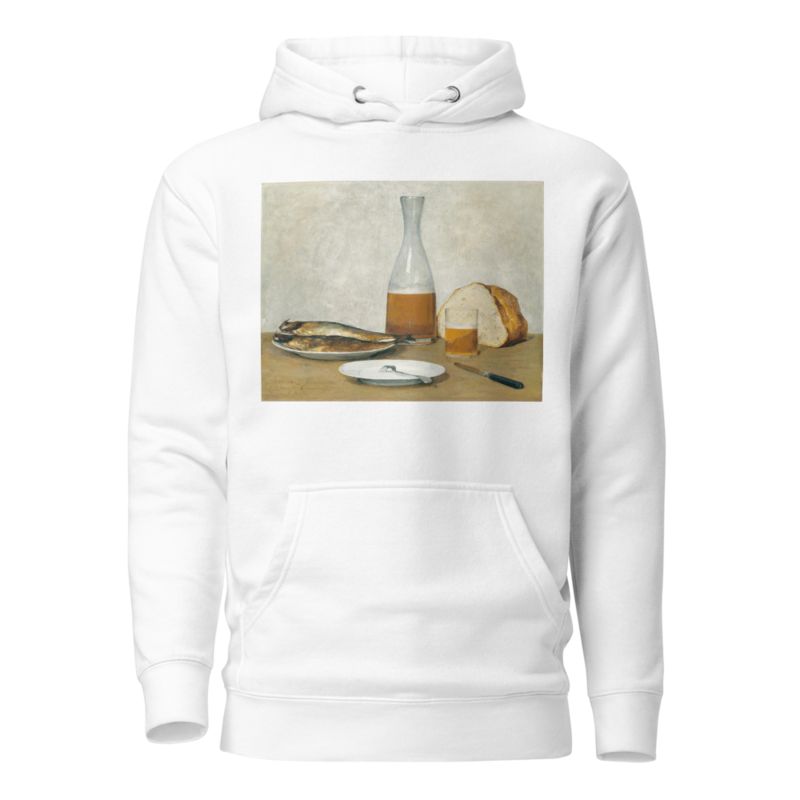
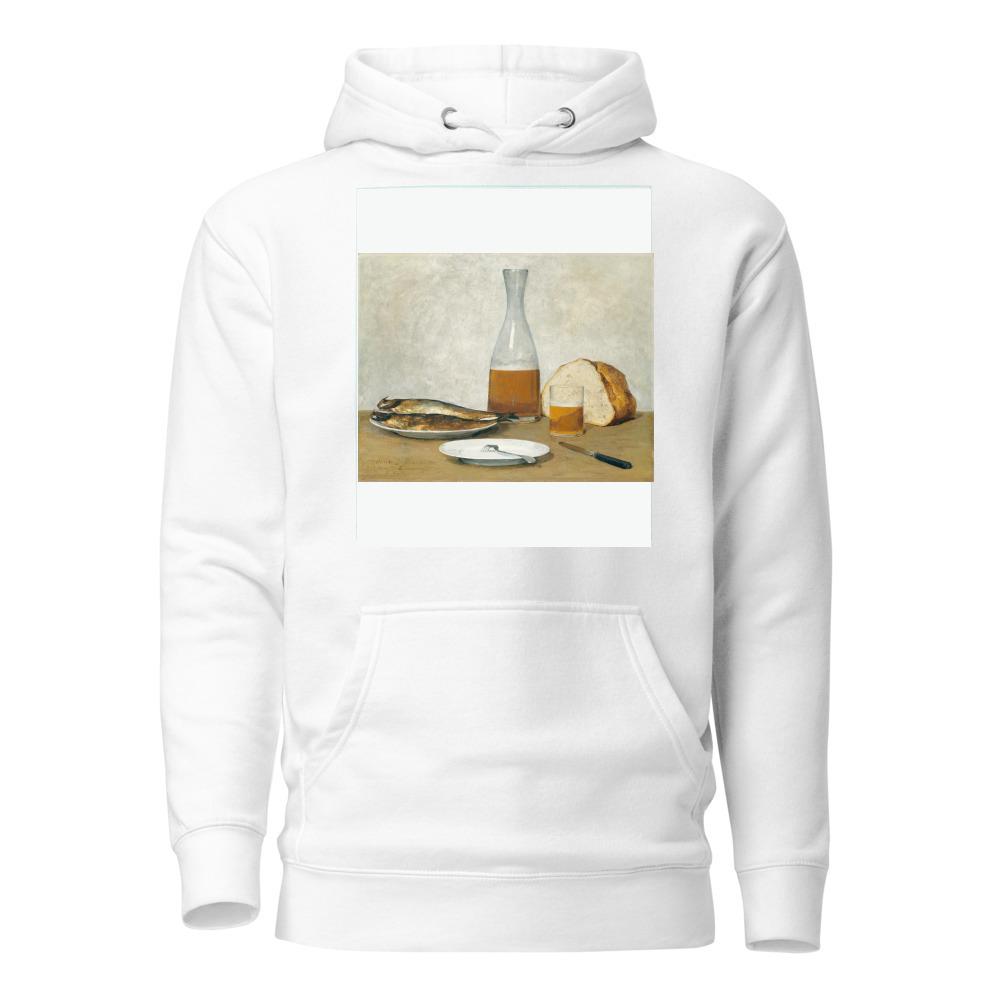
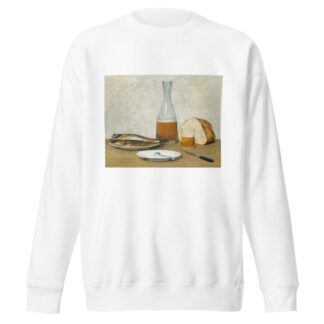
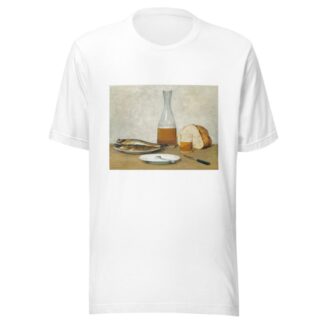
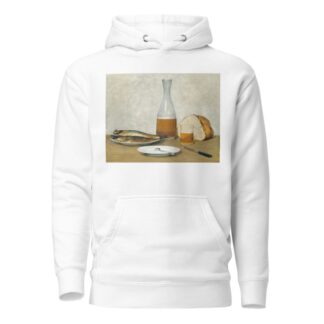
Reviews
There are no reviews yet.